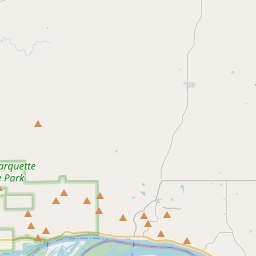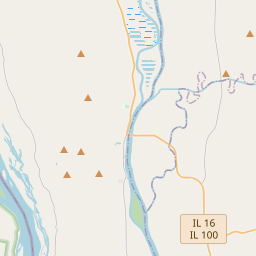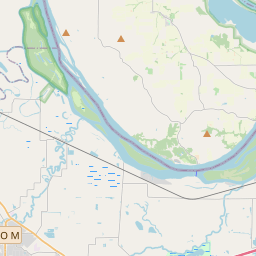Visit Us
Two Rivers National Wildlife Refuge is centrally located along the Mississippi Flyway, a major route for migratory birds, affording visitors an excellent opportunity for wildlife viewing, wildlife photography, hiking, hunting, fishing and paddling.
Location and Contact Information
- Two Rivers National Wildlife RefugeView Details364 Wildlife Conservation Road Brussels, IL 62013-4529
What We Do
Two Rivers National Wildlife Refuge is a part of the National Wildlife Refuge System, which is a national network of lands and waters managed by the U.S. Fish and Wildlife Service for the conservation and management of fish, wildlife, and plant resources and their habitats within the United States for the benefit of present and future generations of Americans.
Our Species
During the fall migration season, visitors may see 15 different species of duck and up to 200 different species of birds. Waterfowl and bird watching guides and checklists are available at the visitor contact station and headquarters office. Birds of particular interest are wood ducks and bald eagles.
Get Involved
Whether you want to further conservation, learn more about nature or share your love of the outdoors, you’ve come to the right place. National wildlife refuges provide many opportunities for you to help your community by doing what you love. National wildlife refuges partner with volunteers, youth groups, landowners, neighbors and residents of urban and coastal communities to make a lasting difference. Find out how you can help make American lands healthier and communities stronger while doing something personally satisfying.



















